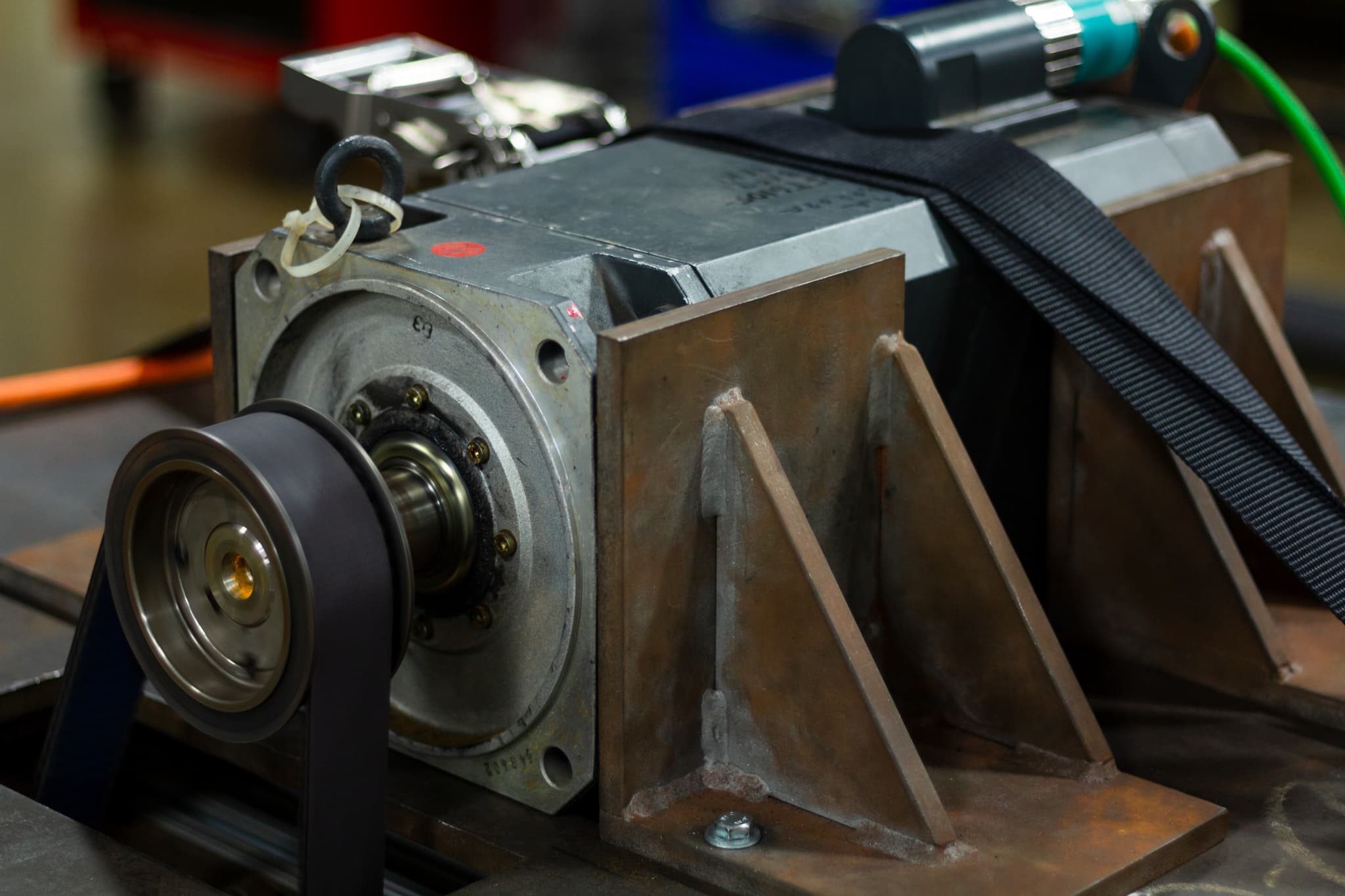
What is Stall Torque
The rotational force where motion stops. That’s stall torque—and it matters.

The rotational force where motion stops. That’s stall torque—and it matters.
Last week, I sat down with Clint Switzer, Engineer at ICR Services, to discuss stall torque and its impact. Below is the transcript of our conversation. Enjoy the read!

Torque is a familiar term to most in the manufacturing sector, especially in the engineering profession, but there seems to be some confusion about stall torque. What is stall torque, and why should I care?
Stall torque is the torque produced by a mechanical or electromechanical device whose output rotational speed is zero. In contrast, torque can be defined as the mechanical work generated by the turning effect produced when force is applied to a rotational axis.
You should care because stall torque is the highest point of failure on a drive unit or a motor. The device will draw a significant amount of current at stall. It’ll draw the highest amount of current you’ll ever see under normal operating conditions.
The keyword there being normal operating conditions. Peak values, as their name suggests, take top prize in terms of amperage and torque readings.
Can you overcome stall torque, and what must take place for this to be successful?
Yes, so that is when the actual moment of movement starts. That’s when the drive and the motor are stressed to their highest capability – exceeding 150% of their normal rating. Once the machine (load) is moving, then that demand significantly decreases.
There are a few conditions that must be met to overcome stall torque. First, the motor must not be in motion. Second, a load is applied to that motor that it’s trying to overcome. Lastly, the drive and motor selected are rated to move the load.
Expecting a low-power AC drive to have the necessary amperage to supply a high-capacity servo so that it can generate the amount of torque required to move its load is not feasible.
Production is always under constant pressure to increase throughput with what they’ve. What can go wrong if you constantly push your drive or motor beyond its ratings?
Every industrial motor or AC Drive you purchase is designed to operate above normal current levels. This is especially useful during start-up when a large amount of torque must be generated, also known as break-away torque. However, this is only allowed for a brief moment and is never meant to become the operational norm.
Remember, there’s always the potential for trouble. Brief moments outside the recommended range but not exceeding 150% for more than 2-3 seconds are normal and sometimes even necessary. After all, we couldn’t get passed stall without this. Changes in factors such as position, direction, and speed will also cause some fluctuations.
The question becomes, is this sustainable? It’s only sustainable if your equipment is capable of maintaining that performance level. Factors such as speed, direction, amperage, and even temperature all play a role here. Make sure you’re within spec. Otherwise, equipment failure is in your future.
What are some problems or warning signs you shouldn’t ignore?
Overheating is a common problem because it’s readily apparent, but lesser-known issues that occur frequently include the gradual degradation of either the internal components of the drive or motor. It’s not apparent at first. You’ll start to see nuance things happen caused by this continuous influx of abnormally high amounts of current, but nothing is quite to the point of failure yet. Over time, things break or burn out because they weren’t designed to handle such conditions. Motor windings and transistors are classics.
Having the wrong equipment for the job could also be a culprit, but most likely, it’s people rolling the dice, hoping nothing goes wrong and everything holds up because parts need to get out the door.
Oh, and don’t just buy the biggest, baddest drive or motor available. It’s unnecessary and quite expensive. Stay within the range, and you shouldn’t have any problems.
There are many different types of torque, and it’s not always clear exactly what each one means. What are some misunderstandings of stall torque that you’ve heard through the years?
It’s easy to reduce stall torque as a motor shaft that isn’t moving. Stall torque is so much more than just an industrial electric motor that isn’t spinning. It’s the exact moment when a certain amount of load is applied that causes the output rotational speed to become zero.
If you take away only one thing from this discussion, this is the one.
Is testing for stall torque important when repairing spindle and servo motors?
When getting a servo motor or spindle motor repaired – yes. It’s even essential for drives and power supplies because you must consider them as an entire system, not just a standalone component.
Without testing stall torque, you cannot replicate a real-world environment, leaving the customer vulnerable to failures.